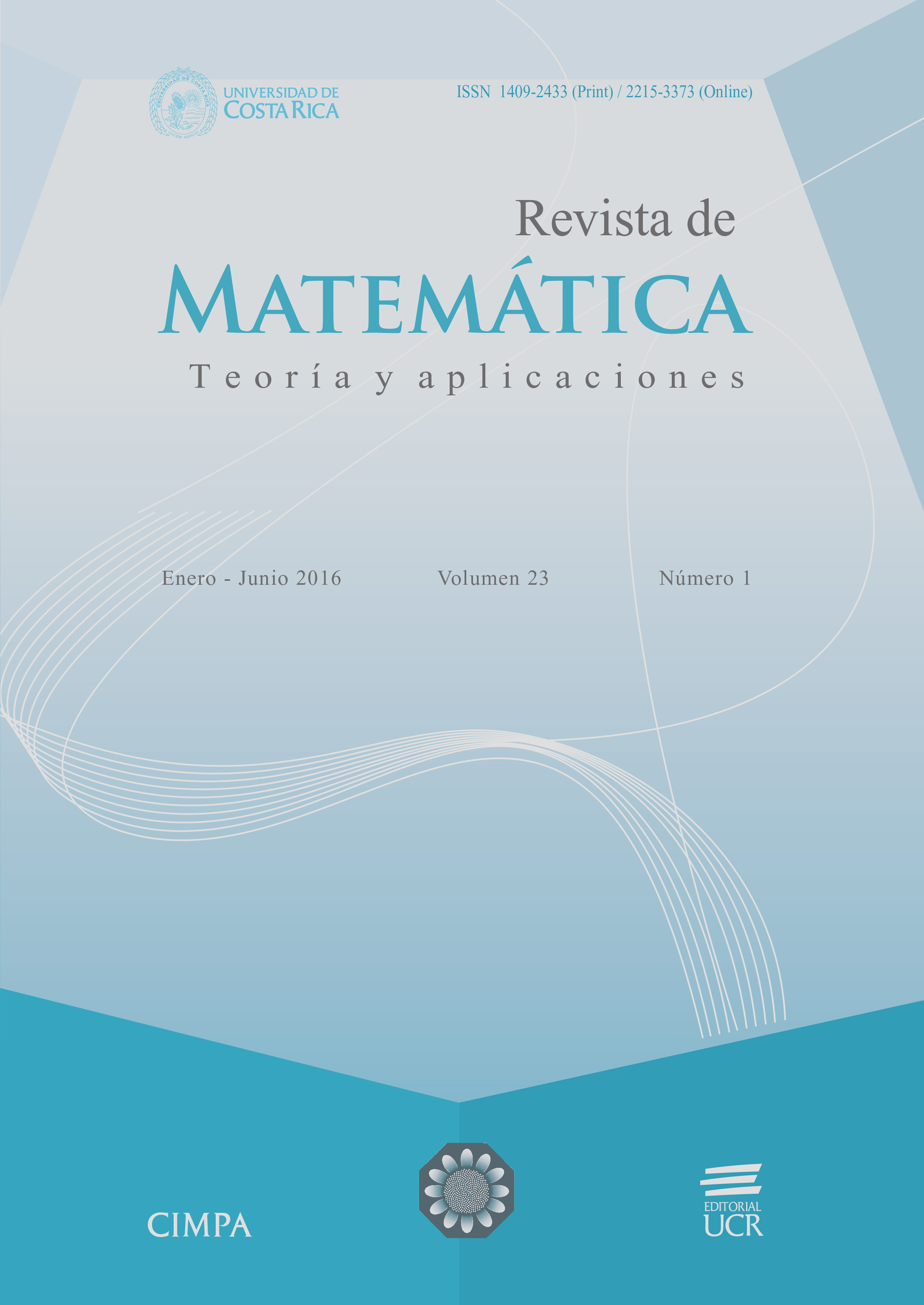Abstract
The results obtained by analyzing signals with the Square Wave Method (SWM) introduced previously can be presented in the frequency domain clearly and precisely by using the Square Wave Transform (SWT) described here. As an example, the SWT is used to analyze a sequence of samples (that is, of measured values) taken from an electroencephalographic recording. A computational tool, available at www.appliedmathgroup.org/, has been developed and may be used to obtain automatically the SWTs of sequences of samples taken from registers of interest for biomedical purposes, such as those of an EEG or an ECG.
References
Anderson, E.; Bai, Z.; Bischof, C.; Blackford, S.; Demmel, J.; Dongarra, J.; Du Croz, J.; Greenbaum, A.; Hammarling, S.; McKenney, A.; Sorensen, D. (1999) LAPACK Users’ Guide, 3rd ed. Society for Industrial and Applied Mathematics, Philadelphia PA.
Riley, K.F.; Hobson, M.P.; Bence, S.J. (2006) Mathematical Methods for Physics and Engineering. Cambridge University Press, Cambridge.
Goldberger, A.L.; Amaral, L.A.N.; Glass, L.; Hausdorff, J.M.; Ivanov, P.Ch.; Mark, R.G.; Mietus, J.E.; Moody, G.B.; Peng, C.K.; Stanley, H.E. (2000) “PhysioBank, PhysioToolkit, and PhysioNet: Components of a new research resource for complex physiologic signals”, Circulation 101(23): e215–e220. PMID: 10851218.
Skliar, O.; Medina, V.; Monge, R.E. (2008) “A new method for the analysis of signals: The square wave method”, Revista de Matemática: Teoría y Aplicaciones 15(2): 109–129.
Skliar, O.; Oviedo, G.; Monge, R.E.; Medina, V.; Gapper, S. (2013) “A new method for the analysis of images: The square wave method”, Revista de Matemática: Teoría y Aplicaciones 20(2): 133–153.
Skliar, O.; Monge, R.E.; Oviedo, G.; Gapper, S. (2013) “A new method for the analysis of signals: The square wave transform (SWT)”, Preprint arXiv:1309.3719.
Skliar, O.; Monge, R.E.; Oviedo, G.; Gapper, S. (2014) “Square wave transform tool”, (online), http://www.appliedmathgroup.org/en/swt_time.htm, consulted 22/8/2015.





